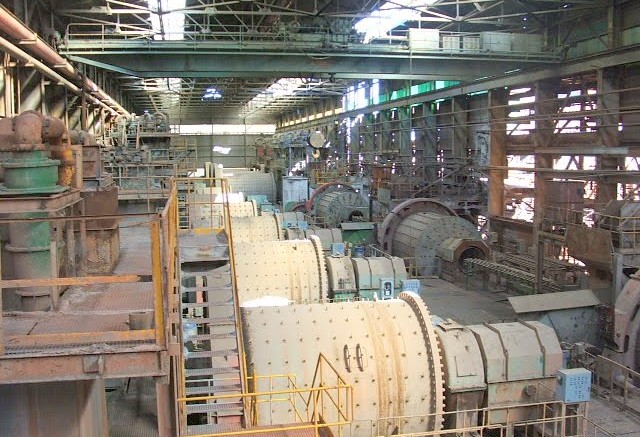MBAC Fertilizer (TSX: MBC; US-OTC: MBCFF) has started producing single super phosphate (SSP) powder at its Itafos Arraias project in central-northern Brazil — an area the government is calling the country’s new agricultural frontier.
The Toronto-based junior expects to deliver granulated SSP to settle contracts later this month, and believes that the mine will reach nominal production in the last quarter. Management says it will be able to sell into Brazil’s upcoming planting season.
The project straddles Tocantins to the north and Goias to the south, and is a four- to five-hour drive from Brasilia. MBAC acquired it in October 2008.
“We’ve accomplished quite a lot in difficult financial markets,” Stephen Burleton, MBAC’s vice-president of corporate development, says in an interview.
One of the project’s unique features is its location in an area that over the last 15 years has been developed into an agricultural region, he says. “The soil in the area doesn’t have a lot of nutrients — it’s very old soil — so the Brazilian government and other entities in the country have improved it by using fertilization techniques, seeding technology, farming technology and inputs, and they have been able to take this soil and make it productive,” he says.
MBAC plans to sell its SSP locally so that the company has an advantage over other integrated producers in the country, he adds, because most of them are anywhere from 700 to 1,000 km away. Transportation in Brazil is typically by road, and transporting bulk commodities costs 6–7¢ per tonne, per kilometre. “All the major integrated producers are in the south . . . so for them to transport their product into our area gives us a huge cost advantage,” he says.
The so-called agricultural frontier also happens to be the fastest-growing agricultural area in the country, Burleton notes, and agriculture is the fastest-growing sector of the economy.
Brazil imports 70% of the fertilizer it needs, and the government is introducing policies to promote domestic fertilizer production. “Because agriculture is such a big part of their economy, they don’t want to be held captive by other countries,” Burleton says. “The agriculture business is something that Brazil is focused on, and they understand that it’s a driver in their economy.”
The open-pit operation has a 4.5-year payback and a 19-year mine life, with an average ore grade of 5.08% phosphate (P2O5).
At full capacity the beneficiation plant is expected to generate 330,000 tonnes per year of phosphate rock concentrate at 28% P2O5. The phosphate concentrate will be used to produce 500,000 tonnes a year of SSP. The company is looking into a second development phase that could double production as early as 2015. Reserves stand at 64.8 million tonnes grading 5.08% P2O5. The project’s net present value is US$254.2 million, with a 21% internal rate of return at a 10% discount rate.
Like many other companies in recent years, however, MBAC had to spend more capital on building the project than initially estimated. In April the company announced that total capex would climb to US$323.1 million, up US$47.1 million, or 17% from its January estimate.
Last year, unseasonably wet weather, delays in negotiating land acquisitions with local farmers, a geological fault discovered in the water-dam axle, delays in delivering imported equipment and required approvals from the Brazilian government conspired to slow development and raise costs.
Joel Jackson of BMO Capital Markets has a $3 target price on the stock, which is above its current share price of $2.12 per share, but within the company’s 52-week trading range of $1.32 to $3.94.
“The milestones keep coming,” Jackson writes in a research note. “We understand the granulation plant had been the last component to complete, so all of these announcements make sense, and seem on pace with recent management timelines.”
The phosphate mineralization occurs in lower siltstone sections of the Sete Lagoas formation belonging to the Bambui Group, a Neoproterozoic carbonate sequence that developed in an intra-cratonic basin on the margins of a granitic craton basement (the Sao Francisco craton).
According to MBAC, the favourable siltstone sequence has been identified several tens of kilometres north and south of the original showings, and hosts several phosphate occurrences in addition to those around Arraias.
Itafos Arraias is not the company’s only project. The “crown jewel” in its portfolio, Burleton says, is actually the Santana project, just north of Mato Grosso. Santana will come on stream in early 2016. Proven and probable reserves stand at 44.9 million tonnes grading 12.1% P2O5.
“Santana has high phosphate grades — if not the highest in Brazil, one of the highest — and its location is as good, if not better, than Itafos,” he says.


Be the first to comment on "MBAC Fertilizer’s production milestone"